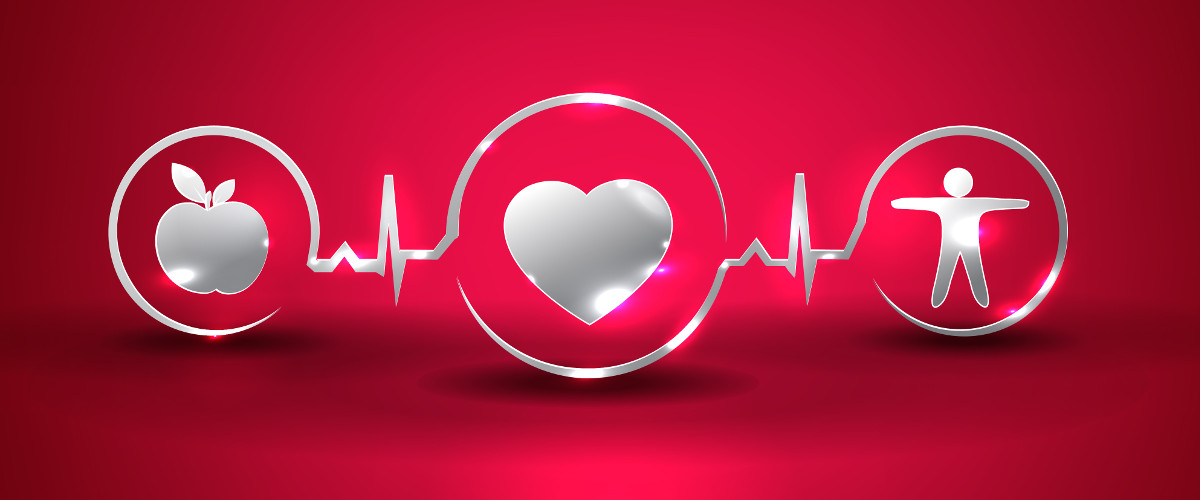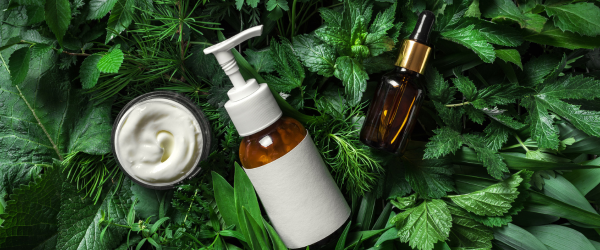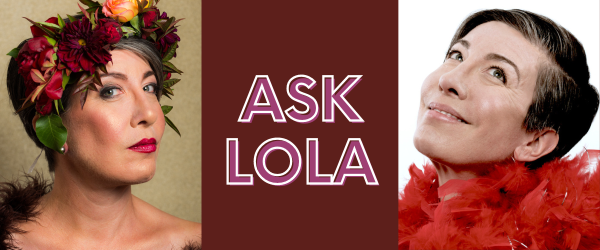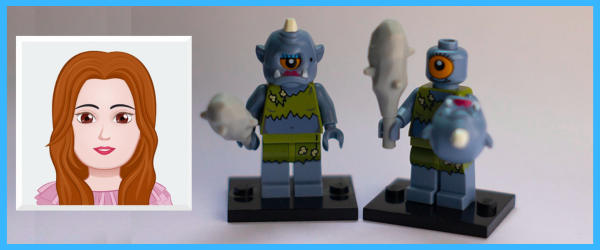February is all about hearts: candy hearts, chocolate hearts, your metaphysical heart full of love, your broken heart full of rage. These hearts are all well and good in February, but there is one literal heart that needs your attention year-round — the one in your chest that pumps and beats and can become diseased.
Wait, what? Heart disease? Not you! You pile your dinner plate high with vegetables, go for a run before getting online, limit yourself to the occasional glass of red wine (resveratrol!), don’t smoke (cigarettes) and manage your work schedule such that, though you may be up all night, you always get at least eight hours of sleep in a 24-hour period. Plus, you’re young. So, really, what’s all the hassle about? What could possibly go wrong?
Actually, quite a bit. There’s a reason why February is American Heart Month: Coronary artery disease is the number-one killer of both men and women in the U.S., and it accounts for one in every four deaths annually, according to the CDC. And yes, it can happen to you. But what is it? How does it happen? What can you do to prevent it?
Heart Disease happens to women and men of all ages.
Heart disease occurs when there is a buildup of fatty debris called plaque inside the vessels that carry blood and oxygen to the heart. Simply put, plaque is a combination of cholesterol, fatty deposits and platelets. It accumulates when there is too much fat and cholesterol circulating in the blood. Long-term, high blood pressure can damage the inner lining of the blood vessels, leaving an area where this debris can collect. During a stressful situation, or sometimes for no reason at all, the plaque can break away from the side of an artery and clog the blood vessel.
If the plaque is significant enough to block the flow of blood, the heart muscle begins to die. This is what physicians call a heart attack. Common symptoms of heart attack include chest pain or discomfort that often radiates into the arm or jaw, tightness in the chest, shortness of breath, dizziness, nausea, vomiting, and pain, tingling or numbness extending into the extremities.
Ladies, pay attention.
We are all at risk for heart disease, although certain risk factors are higher for some than others: diabetes, high blood pressure, high cholesterol, smoking, too much alcohol, heredity, obesity, poor nutrition, a sedentary lifestyle. Your chances double if an immediate family member is diagnosed. Age isn’t on our side, either. The older we get, the more likely it is that plaque will develop in our blood vessels.
Gender is a deadly factor when it comes to heart disease, too. While men are more likely to develop heart disease than women, women are also at risk. But here’s a real kicker: Women often have less-typical symptoms than men and therefore often receive delayed care. Women who have heart attacks die more often than men, which is why efforts continue to raise awareness of heart disease in women.
The most serious cases of heart disease require procedures — angioplasty, stents or bypass surgery. The good news, however, is that most patients can be treated with lifestyle changes and medications. The even better news is that you can take preventive steps in your daily life to stay heart-healthy and hopefully never have to worry about heart disease at all.
Heart-healthy habits to start now.
Have you heard the old adage “a stitch in time saves nine?” Here are a few things you can do to protect yourself and your heart. Start now, and save yourself a bunch of trouble down the road.
Put away the saltshaker. Too much sodium can elevate your blood pressure, which in turn affects your heart. No one is saying you have to trade in the pleasures of sea-salt-and-cracked-pepper potato chips for their salt-free cardboard replacements, but use moderation. Read labels. You’ll be surprised — shocked, even — to find out how much salt you’re consuming in everyday foods.
Cook for yourself. Processed foods are loaded with fat, sodium, sugar and laboratory ingredients that most of us can’t pronounce. Opt for fresh or frozen vegetables and fruits, lean meats and healthy grains. If you need a chocolate fix, extra-dark is your best choice.
Shut down and shut-eye. Seriously: make sleep a priority. For many people this isn’t an issue, but especially for you Type-A workaholics out there, your natural exuberance is also a risk factor. When it’s time to sleep, sleep. Don’t take your phone to bed with you. This will help you resist the urge to tweet, text, update something, binge-watch whatever, or — god forbid — go down a Google K-hole that lasts forever. Make a good night’s sleep a priority every night so you can be at your best every day.
What, me worry? We can’t all be Wooderson, but living in a state of constant stress will tax your heart, as well as everything else in your life. “Just relax” is easier said than done, but make it a goal and your heart will thank you — as will everyone on the other side of your webcam. Last we checked, “tense” wasn’t listed as a category under “preferences.”
Fatten up. No, not that way. This way: Consume good fats, better known as Omega-3 fatty acids. You’ll find them in salmon, walnuts, avocados and flax seeds. If it’s easier and more convenient, you can take them in supplement form.
Let’s get physical. This cannot be stressed enough: Sitting on your butt or lying on your bed for hours at a time, day after night after night after day, is unhealthy. Step away from your computer and phone and do something before, between, after and even during your time on cam. Run, walk, jump rope, lift weights, dance like no one is watching — just do something. Even short sessions add up.
For more facts and resources about heart disease in women, including prevention, stress management, recipes and exercises, visit the American Heart Association’s Go Red for Women and the American Heart Association.
—
Jenna Andre is a total gearhead who also appreciates the simpler things in life. Email her at Jenna.Andre@ynotcam.com.
…and stay chill ladies – alright, alright, alright.










